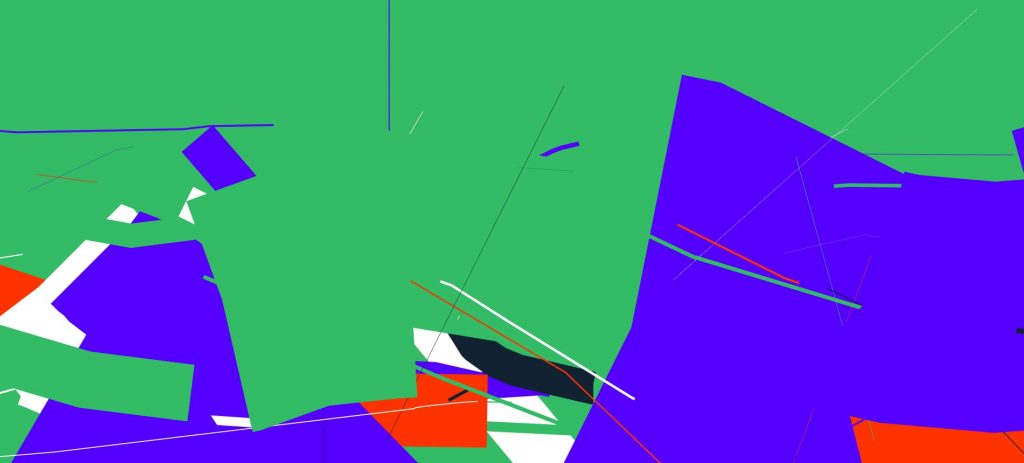The title of the work I chose to discuss is Soundmachines, Creative Sound Production Device 2011 and was made in collaboration with
producer Yannick Labbé. It consists of three discs, spinning similarly to vynil records. Each disc is encoded with different
arrangements of colors that correspond to individual tracks in Ableton Live, a digital audio workstation. I particularly enjoyed
this project because I am fascinated by analog synthesizers, a musical tool that relates deeply to programming. I also enjoy that
there is a degree of human interaction with the piece, where the user can shift the placement of the readers along the radius of
each disc to change the output.
youtube.com/watch?v=_gk9n-2lBb8
![[OLD FALL 2020] 15-104 • Introduction to Computing for Creative Practice](https://courses.ideate.cmu.edu/15-104/f2020/wp-content/uploads/2021/09/stop-banner.png)
